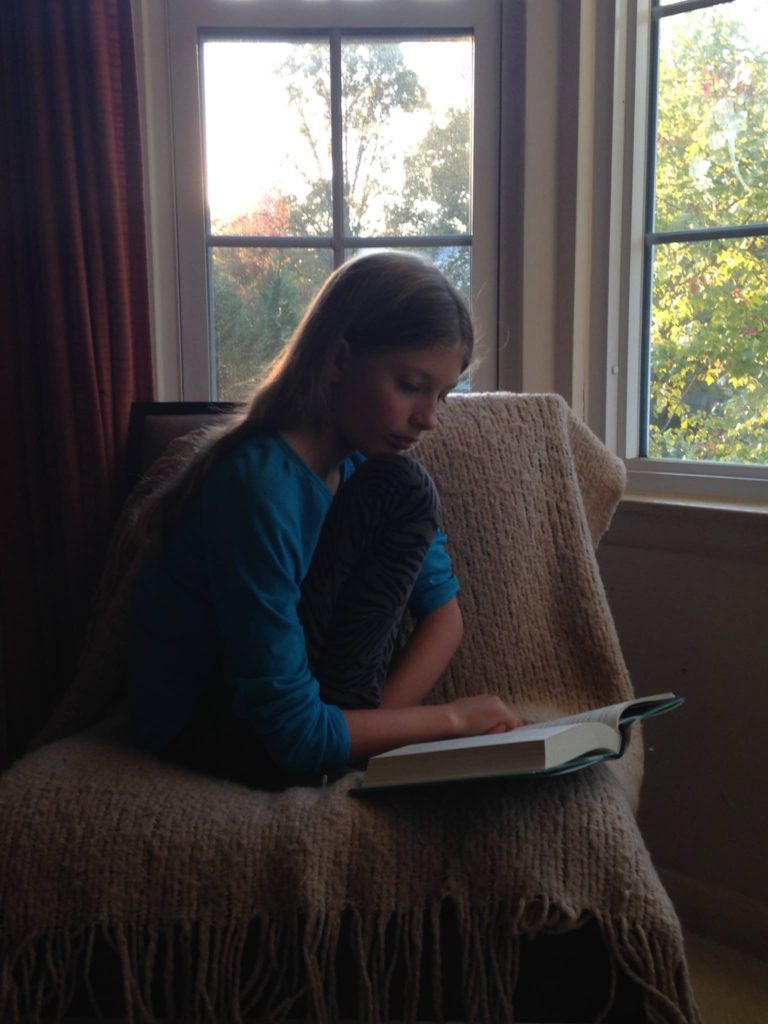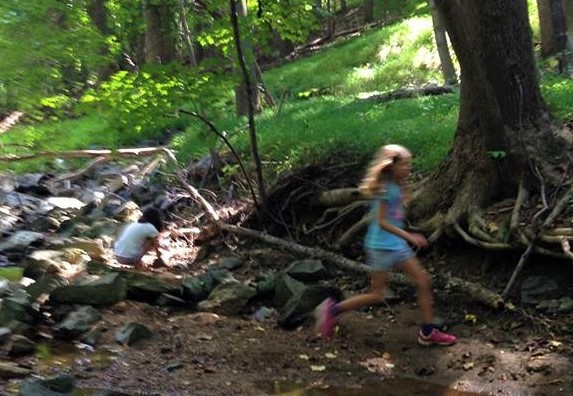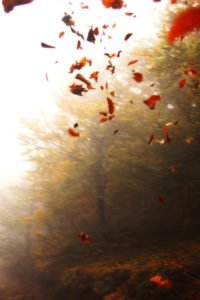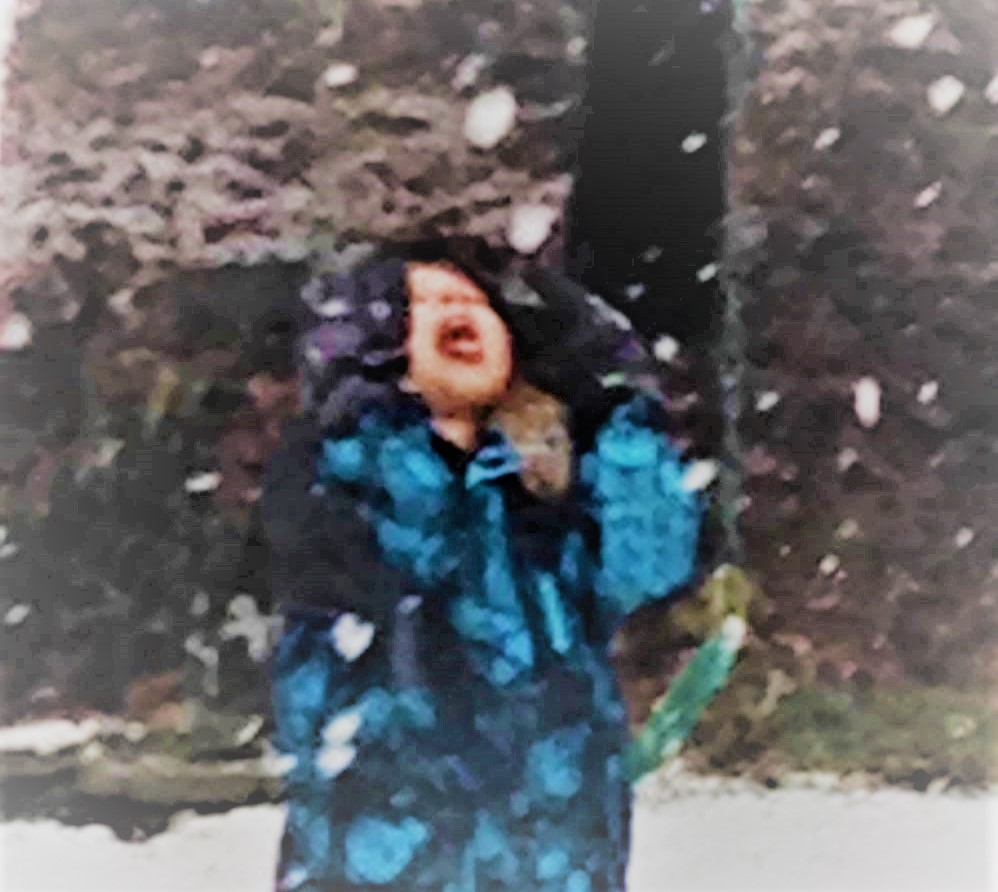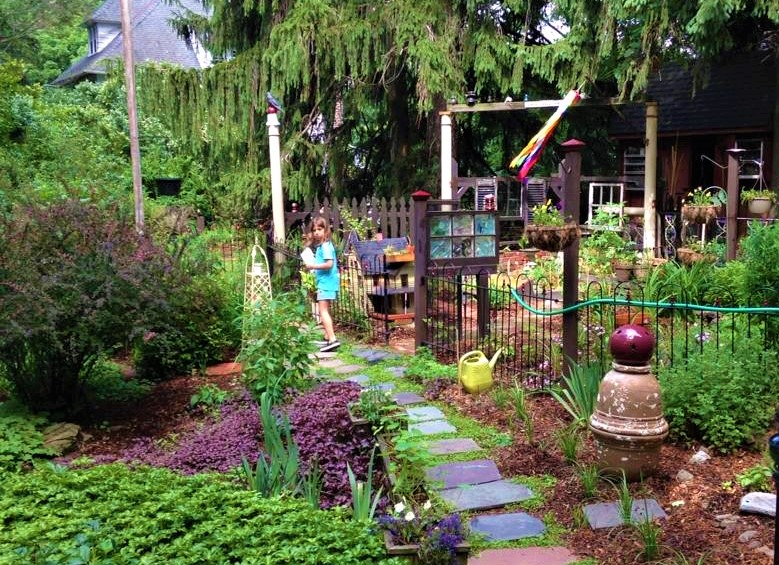Happy holidays to you and your family! Here’s to a new year filled with wonder, meaning, and good stories.
It’s a snow day today, due to the “bomb cyclone” storm, which for us has meant just a bit of snow, some intense wind, and bone-chilling cold temperatures! A phrase like “bomb cyclone” makes me want to play with poetry. But for now, I’ll follow another inspiration to write about snow, and words, and the sometimes-overlooked sophistication of kids.
The girls are home from school, which means they are busy making home movies and/or stop-motion animations. Today they’re re-creating some favorite Harry Potter scenes. Kaiya is reading the series for the 7th time, and she continues to get something more out of these books with each re-reading. I think this is due to the layers of J.K. Rowling’s characters, and also the vocabulary. Each time Kaiya revisits these books, she has more words in her mental lexicon, unlocking deeper levels of understanding as she trowels her treasured pages.
As a poet, and as someone who writes for both adults and children, I’m mindful of offering words that invite this kind of journey. One of the things I love about writing picture books is that I get to play with rich vocabulary. When illustrations support the text, children can understand the content while their skill with language (and, I hope, their love of words) grows.
When does it work to introduce new vocabulary in a picture book? How do we know when our words will act as stepping stones, rather than blocking boulders, on a child’s journey through story?
If there is a trail map for this, I don’t have it. My method is to play it by ear. And by that I mean, I listen to the sound of the word within the sentence. If the word flows — sounds like it belongs– within the sentence, and if it contributes to the rhythms and the sounds that support the larger piece, then I feel I can rely on this flow and on the illustrations to help carry the child through the sentence.
Here’s an example from my story, “WHOOSH!” about a brother and sister who are playing outdoors on a gusty fall day:
We stretch back and rest on a golden-red bed.
A branchy-brown canopy sways overhead.
Can you see the colorful bed of leaves, and the swaying branches? I’m not sure many four-year-olds know what “canopy” means (although some may, if they have a canopy bed!). But in any case they get it within the context of the stanza, and they get to experience a rhythmic and rather sophisticated word. Also, with picture books, children are often being read to by a parent or teacher who can answer questions about a word’s meaning.
Even so, too many new or strange words in one story can be alienating. In addition to using rich vocabulary, sophisticated structures and rhythms from poetry can add adventure to the journey. And when more complicated words don’t fit, we can also rely on active verbs and sound effects to make some magic.
Back to the bomb cyclone… I said I was going to write about snow! The golden-red beds are long gone and what we have now are drifting blankets of white.
I wrote a poem several years ago called “!” about the way it feels when the first snowflakes of winter fall on your nose and cheeks. This feeling is something that kids surely know well, and so I attempted rewriting the poem as a picture book.
So, from my poem,
A sky dome of gray-white
The world inside a snowball
A flake breaks free
descends
loosening the others
and soon
the air is texture
crisp, ordered
I can breathe
Became:
The sky is a dome of shimmering white —
the world inside a snowball.
One brave flake lets go of the sky,
calls to the others who float and fly
down, down, softly down,
and the air is crisp and quiet.
And,
Each snowflake
landing
an exclamation point into my skin
Became:
Each snowflake lands with a cheer in my heart,
A ZAP! upon my skin.
Madeleine L’Engle said, “You have to write the book that wants to be written. And if the book will be too difficult for grown-ups, then you write it for children.” She was keenly aware of a child’s ability to read, understand, and fall in love with a sophisticated story. I think if she or J.K. Rowling had written picture books, their stories would delight young readers with a few well-placed, sparkly new words.
From my perspective, the challenge, and the privilege, of writing picture books is to act as a kind of story sherpa, mindfully guiding children as they pick up new words like gems to cherish on their path through the text, and creating excitement with structures and rhythms that nourish their appetite for a deep experience with their world.

